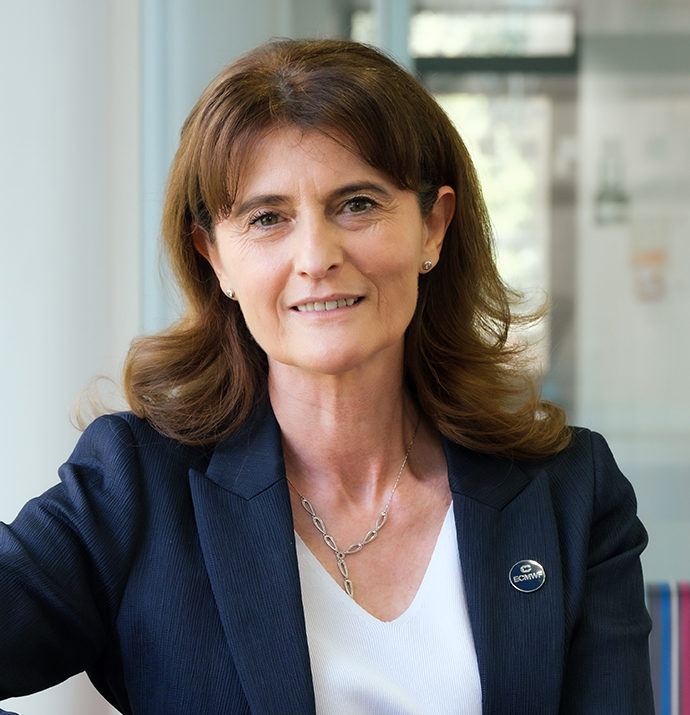 As I write this editorial, we are launching the Artificial Intelligence/Integrated Forecasting System (AIFS). This is our first forecasting system that is entirely based on machine learning, apart from establishing the initial conditions of forecasts. We are making it public in an alpha version: it has a resolution of approximately one degree (111 km), and it makes predictions for wind, temperature, humidity, geopotential and more. This is just a starting point. The AIFS will be regularly updated to increase resolution and to add fields. It will also be developed into an ensemble system, in other words it will produce a set of forecasts that includes information on the uncertainty inherent in any weather prediction.
As I write this editorial, we are launching the Artificial Intelligence/Integrated Forecasting System (AIFS). This is our first forecasting system that is entirely based on machine learning, apart from establishing the initial conditions of forecasts. We are making it public in an alpha version: it has a resolution of approximately one degree (111 km), and it makes predictions for wind, temperature, humidity, geopotential and more. This is just a starting point. The AIFS will be regularly updated to increase resolution and to add fields. It will also be developed into an ensemble system, in other words it will produce a set of forecasts that includes information on the uncertainty inherent in any weather prediction.
The development of the AIFS does not mean that we are abandoning our current physics-based forecasting system: an ensemble-based system, which we currently run at a resolution of 9 km in the medium range. But it is a starting point from which we’ll be able to progress. Tests of the AIFS root-mean-square error in geopotential height at 500 hPa already show an improvement that grows with lead time compared to our standard Integrated Forecasting System (IFS), based on the same initial conditions.
We decided to launch the AIFS in the wake of several companies’ initiatives to produce weather forecasts based on machine-learning methods. These include NVIDIA’s FourCastNet, Huawei’s Pangu-Weather and Google DeepMind’s GraphCast. We have made these systems available on ECMWF’s public charts pages, based on our own initial conditions. The AIFS has now been added to those pages.
Machine learning is not just making inroads into forecasting but also into establishing the best possible initial conditions for forecasts. One of the articles in this Newsletter looks into the growing role of machine learning in data assimilation. It takes the view that we will make the furthest progress in the middle ground between model-led approaches and purely observation-driven approaches based on machine learning. The presence of machine learning was also felt in this year’s Code for Earth programme. As described in this Newsletter, this ECMWF initiative brings together developers with mentors from the Centre to work on a variety of topics, which this year again included machine learning.
Other articles describe the by far warmest summer conditions ever recorded by the EU’s Copernicus Climate Change Service run by ECMWF, and they analyse our forecasts for a heatwave in Europe. This Newsletter also looks at Météo-France’s establishment of a Global Broker as part of a new data-sharing solution for the WIS2 community using the European Weather Cloud. In addition, it surveys the history of data visualisation at ECMWF and of the ‘ecgate’ service to our Member and Co-operating States. The latter article is a reminder that we are here to serve those states, not least with ever-improving forecasts: that rationale has given us the impetus to launch the AIFS now and to develop it further in the years to come.
Florence Rabier
Director-General
